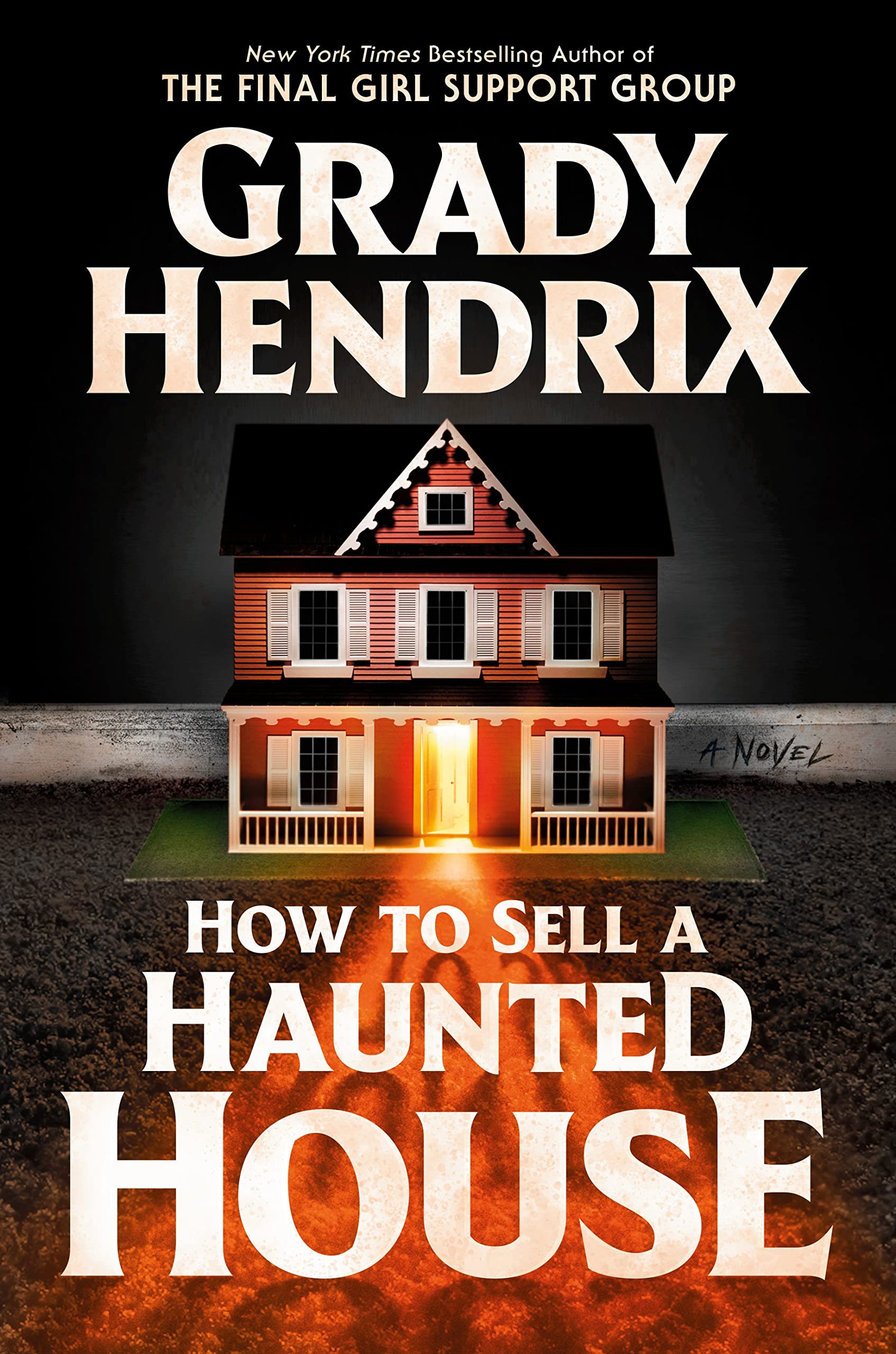How to Sell a Haunted House…(a completely biased and totally glowing review)
I’m always a little bummed when I finish a new Grady Hendrix novel. It’s not that Hendrix’s endings are disappointing, quite the contrary, his endings are always deeply satisfying, often a little tear-jerky. It’s just that you race through the book, dying to see what happens next, to spend more time with these people- characters that you care about, and then you get to the end and you know that you’ll never experience this book for the first time again. Grady Hendrix novels are more than just stories, they are life events.
How to Sell a Haunted House is no different than Grady’s previous novels in that, you don’t want it to end. It tells the story of two estranged adult siblings who must work together to prepare their recently deceased parents' Charleston home for sale. Louise, is a successful single mom, who just wants to get home to her daughter in San Francisco, and Mark, her younger brother, is an unsuccessful creative-type, who works as a bartender in their hometown. Very early on in the process of packing up their mother’s puppet and doll collections, Louise realizes that there is something deeply wrong in their parents house.
Like all of Hendrix’s work, How to Sell a Haunted House features an entertaining plot with classical horror elements, in this case a traditional haunted house story. But his well constructed horror serves as a background for more down to earth drama between well-drawn characters with identifiable yet high stakes. Grady’s horror asks relatable questions like, What do we owe to our family of origin? Lest you think the scares are secondary, Hendrix’s action scenes are ghoulish enough to rival any horror author. Hendrix has his finger on the pulse of what is truly upsetting, like creepy puppets and eyeball stuff. Grady’s horror is made all the more horrible by the fact that it sits side-by-side with the ridiculous, such as Christian puppet sermons and weightlifter exorcists, that makes you laugh out loud on public transportation.
Hendrix generally writes from the perspective of a female main character. These women are so well-drawn, that when reading my first Grady Hendrix novel, I had to double check the author’s photo, just to make sure that Hendrix wasn’t a woman. Hendrix’s main characters are strong, yet flawed, they struggle with issues that are important to women, such as impossibly intricate female friendships and the crushing guilt inherent in motherhood. At the same time, these women also do head-to-head battle with literal monsters, such as vampires and haunted dolls.
Like any good horror story, the unrelenting ghosts in How to Sell a Haunted House, while scary and disturbing, really stand in as a metaphor for human emotion. Even those of us who have never been attacked by an evil puppet can understand art, guilt, familial obligation, resentment, generational trauma, secrets, and most of all grief. How to Sell a Haunted House, is most definitely a story about haunted houses and scary puppets. But, what makes it even more terrifying is that it is a story about family.
For more about Grady Hendrix please see Starstruck: Author Grady Hendrix at Exile in Bookland
